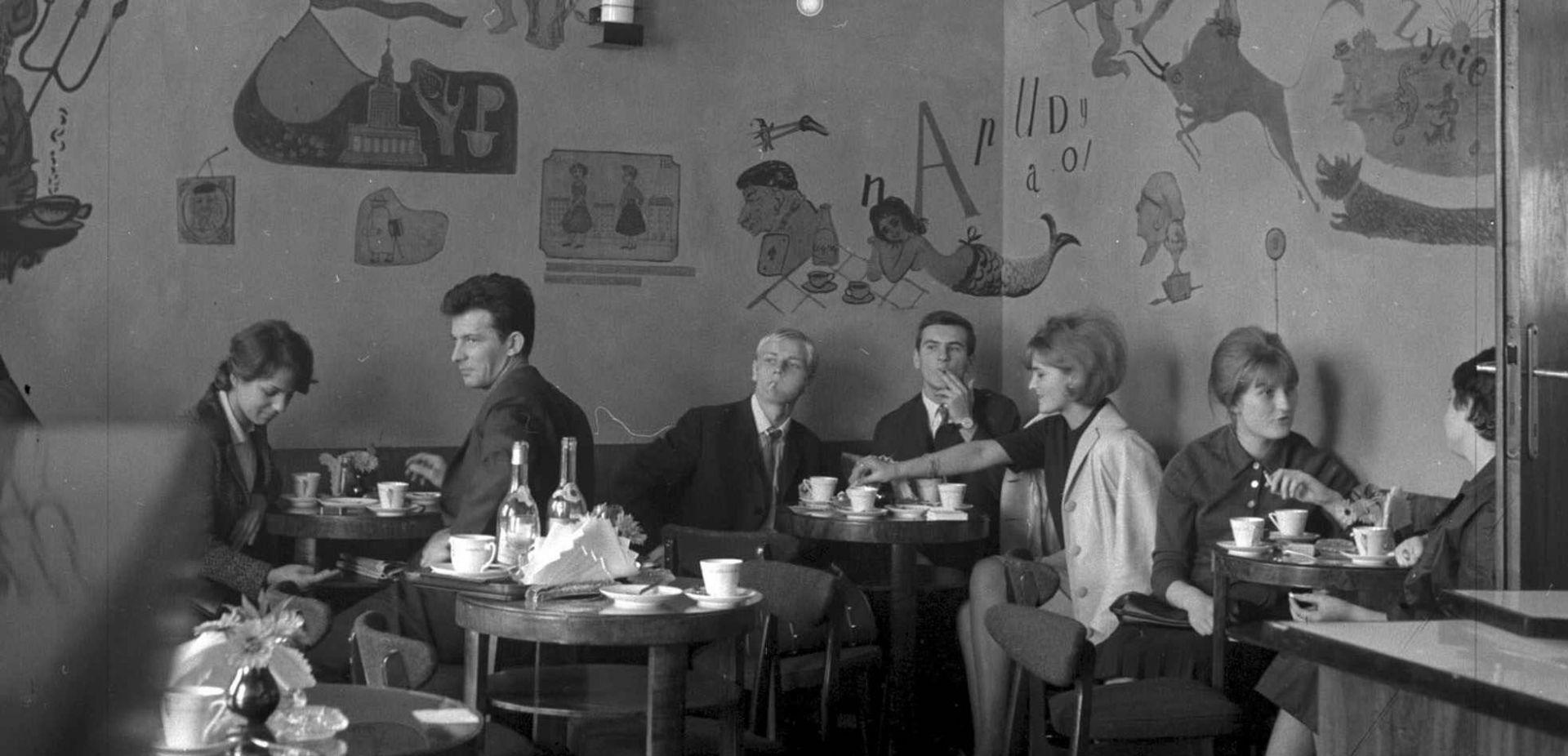
Was there a serial killer of art collectors in the Polish People’s Republic? The fact is, for many years the capital city had been shaken by mysterious deaths and tragic events that afflicted antique lovers.
 SIGN UP TO OUR PAGE
SIGN UP TO OUR PAGE
 It is possible that other valuable items, paintings and currency were also stolen from the apartment. The investigators, however, assumed that the crime was motivated by a desire to acquire a valuable work of art. So they were looking for both the murderer and “The Nun”.
It is possible that other valuable items, paintings and currency were also stolen from the apartment. The investigators, however, assumed that the crime was motivated by a desire to acquire a valuable work of art. So they were looking for both the murderer and “The Nun”.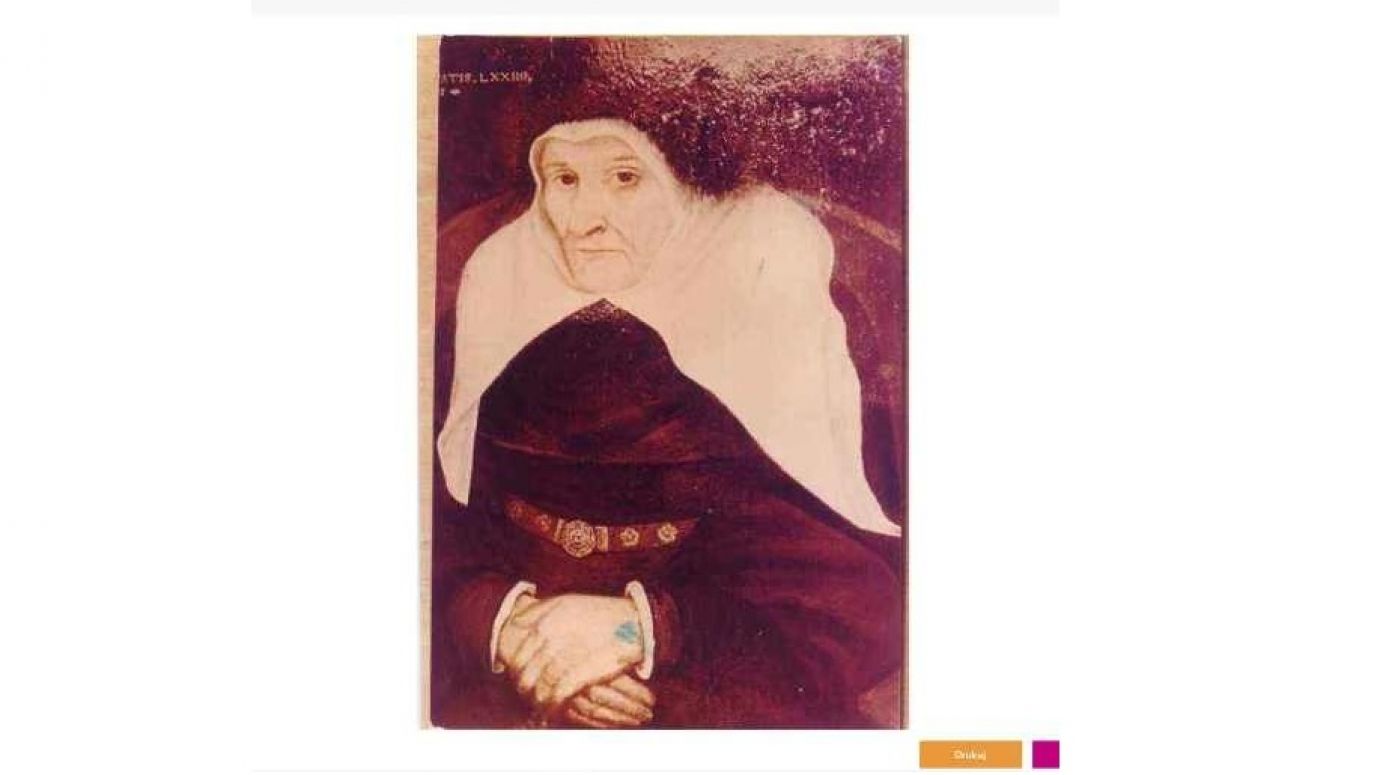
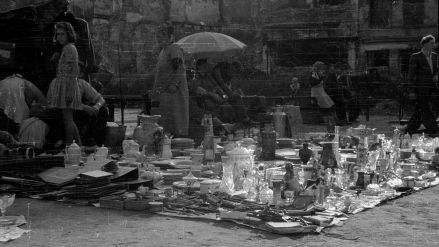
Is it possible that the Polish secret police knew nothing about illegal practice lasting over 20 years?
see more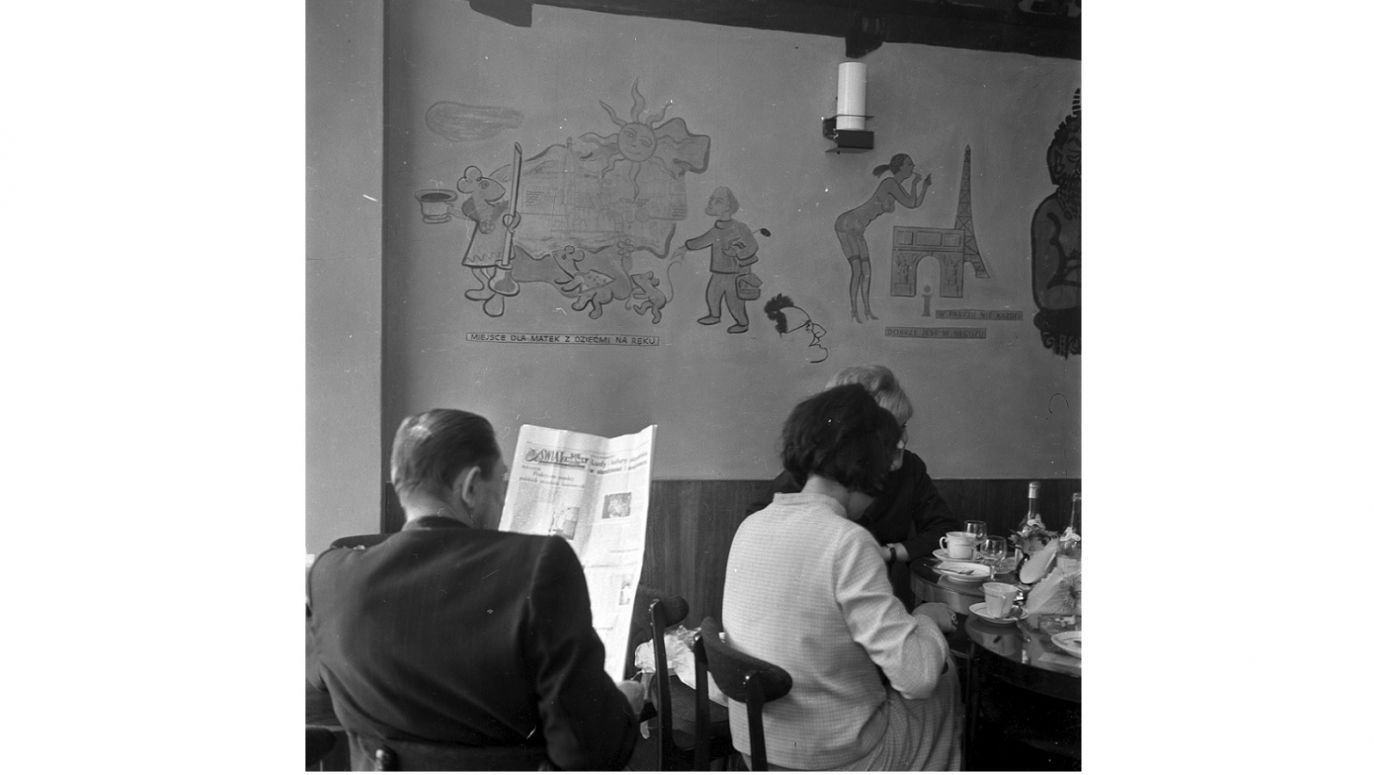
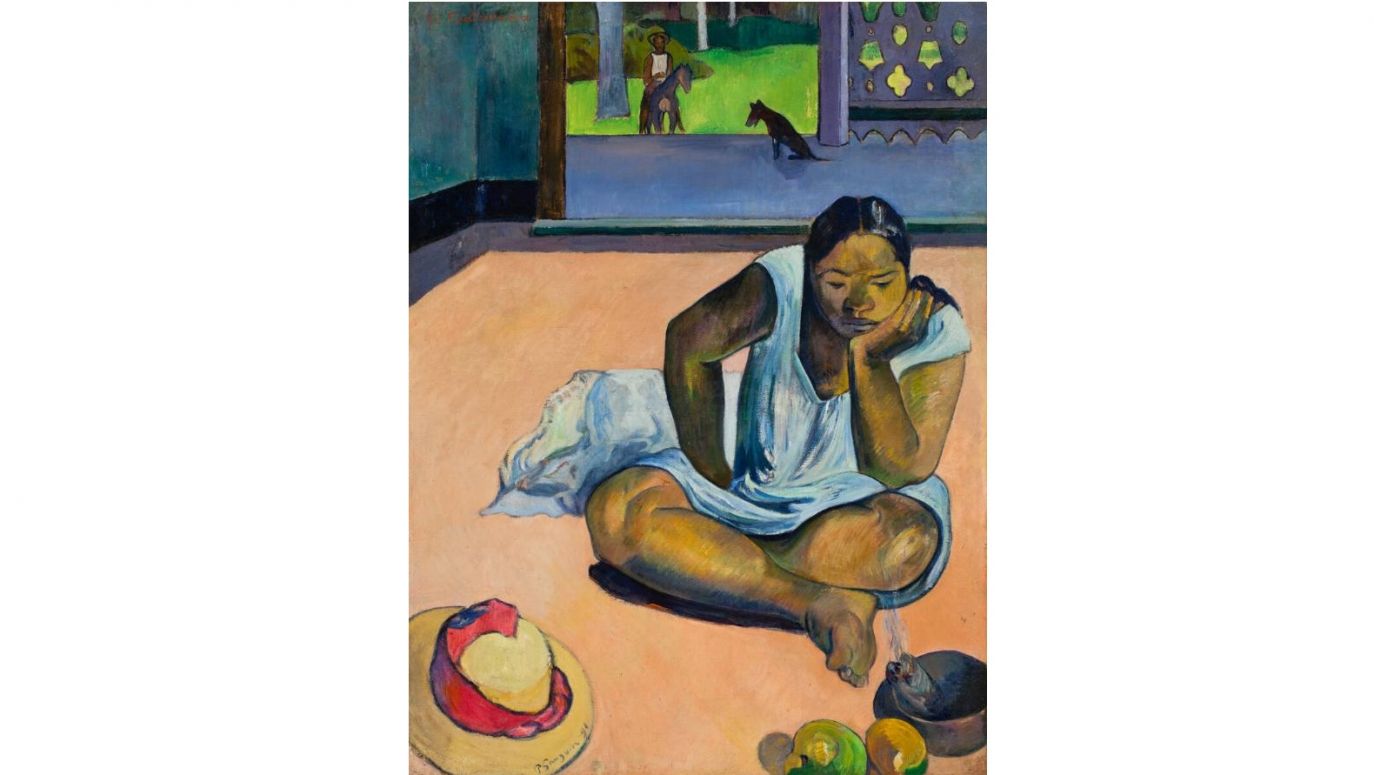
IPN BU 01255/253/D (paginacja na aktach: 1047-1054);
IPN BU 383_577_t2 (paginacja naniesiona ołówkiem: 353-359);
IPN BU 383_577_t1 (str 123-127; 129-132; 137-141; 143-146; 155-158; 305-310);
Stanisław Bołdok „Antykwariaty artystyczna salony i domy aukcyjne. Historia warszawskiego rynku sztuki w latach 1800-1950”;
Jan Świeczyński „Grabieżcy kultury i fałszerze sztuki”;
„Dürer z Polski i szpilka od krawata” – Mariusz Pilus, Art Sherlock, 09.10.2017;
„Portet młodzieńca – losy zaginionego obrazu” J. Robert Kudelski, http://dzielautracone.gov.pl/artykuly/100-portret-mlodzienca-losy-zaginionego-obrazu;
Neues Deutschland „Museumsräuber gestellt” 07.08.1969 r.;
Telegram&Gazette „Photos: 50 years afer Worcester Art Museum Heist” 4 05 2022 r. (https://eu.telegram.com/picture-gallery/news/2022/05/04/photos-50-years-after-worcester-art-museum-heist/9648241002/);
Telegram&Gazette „50 years later Doherty High students recall being caught in armed heist at Worcester Art Museum” 04. 05. 2022 r. ,(https://www.worcesterart.org/news/pdf/Doherty-High-students-recall-1972-armed-heist-at-Worcester-Art-Museum.pdf);
Boston.com „Crime of the art” 19.01.2011
http://archive.boston.com/lifestyle/articles/2011/06/19/botched_worcester_art_museum_heist_influenced_thieves/;




